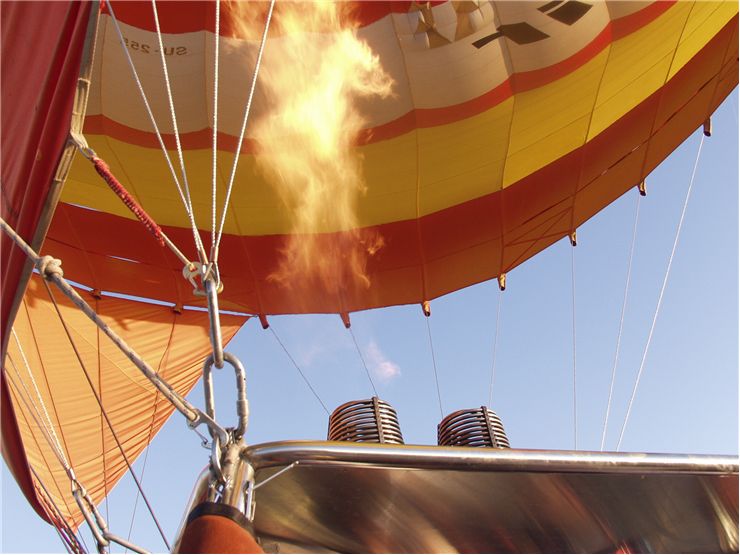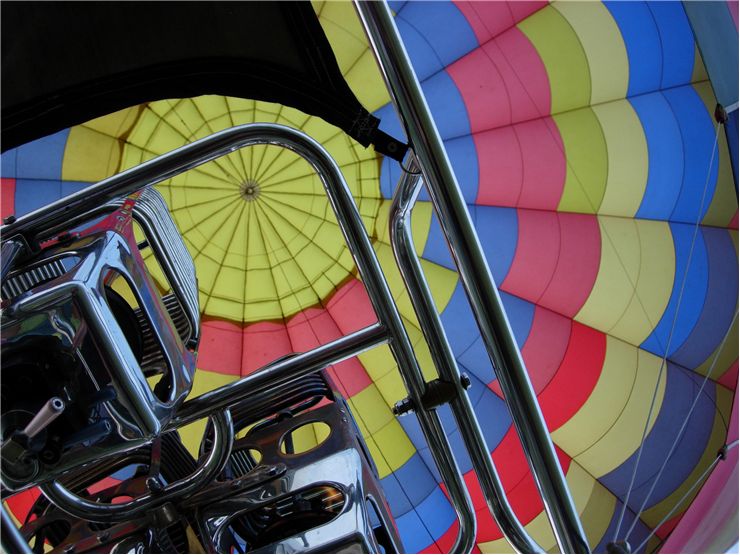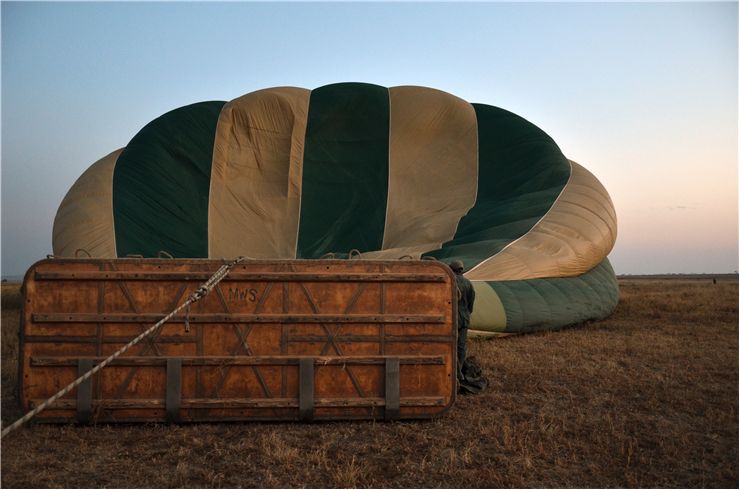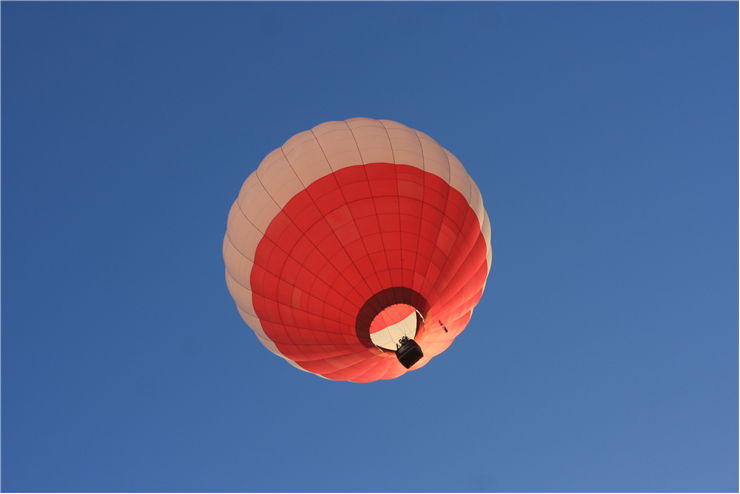How Hot Air Balloons are made?
Hot air balloons are simple machines: you fill them with hot air and they fly. Or not. Because people fly in them and they must be made to be safe. That is why hot air balloons are not simple machines and a lot of care goes in their construction. Let’s see how they are made - part by part. From the bottom up:
- holds the passengers and propane tanks that fuel the burner. It is usually made of woven wicker or rattan because these materials are light, strong and flexible but there are also baskets made from other materials. Flexibility is very important for baskets (and passengers) because it absorbs impact on landing. Strong steel cords that are attached to the load tapes of the envelope pass through and underneath the basket. Some baskets are made out of aluminum and these are used by pilots without a ground crew or if they try to break some record. Some baskets are completely closed and these are used for flight around the world.
Propane tanks - placed in the basket they feed the burner with liquid propane which is gasified in the burner, mixed with air and lit.
Instrumentation - instruments placed in the basket to aid the pilot. They are usually an altimeter, variometer (that shows a rate of climb - vertical speed), thermometers that measure envelope air temperature and ambient air temperature, and GPS.
Burner - is attached at the top of the basket, it is held on the metal burner frame and it fills the envelope with hot air. It is fueled by propane tanks and is made of stainless steel.
Skirt - lowest part of the envelope. It is made out of fireproof material and it protects flame from the wind.
Panels - small parts of nylon material that are sawn in larger “gores” or “gore sections”.
Gores - sawn panels make gores, long individual sections that extend from the throat to the crown of the envelope envelope can have from 4 to 24 (and even more) gores.
Envelope - a balloon part of the flying machine designed to retain hot air that come from the burner and lift the whole machine into the air. It is made from ripstop nylon or dacron. Panels are sewn together and into them are sewn structural load tapes that carry the weight of the gondola or basket. Envelope has a crown ring at their very top - aluminum hoop that holds the hole at the top which is used to release hot air from the balloon when a pilot wants to lower the altitude. Gores, and envelope are sewn by hand or industrial sewing machine and three types of stitches are used for this: double lap seam - two rows of parallel stitching; flat seam - straight parallel stitching; and zigzag parallel stitching with a double lap of fabric. After the whole envelope is sewn together it is coated under pressure with a sealer so it doesn’t let the air out. Printing is done after coating if there is a need for that.
Parachute valve - a type of disk-shaped flap of fabric that keeps the hole at the top of the envelope closed so a hot air would not escape. It is held in place by the pressure inside the balloon. There are also turning vents, which are side vents that, when opened, cause the balloon to rotate.
Parachute valve cord - a cord that leads from the parachute valve to the basket and is used by the pilot to lower the parachute valve and let the hot air out.



